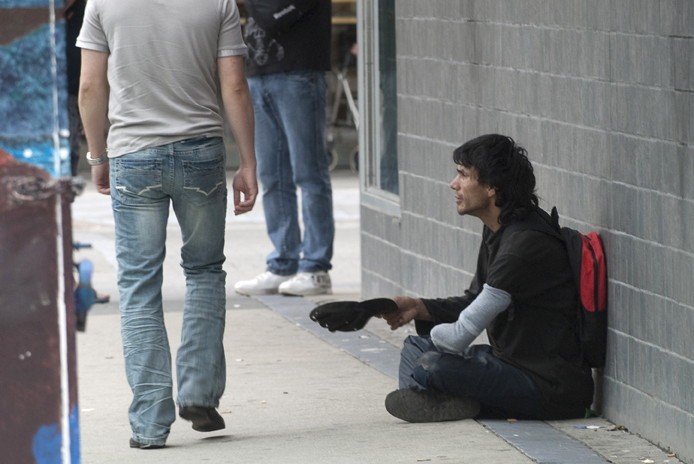Study to address Winnipeg’s ‘housing first’ homeless strategy
Participants given housing first, then treatment
A new federal study proposed by the Mental Health Commission of Canada is being undertaken to monitor the success of the province’s “housing first” approach to homelessness and mental illness.
The study will focus on Winnipeg’s urban aboriginal population, as the commission estimates up to 80 per cent of the homeless population is aboriginal. They also claim the homeless population of the city is growing.
“We certainly know the systemic issues facing our aboriginal population,” said Gary Walker, vice-president of the Main Street Project, which provides emergency shelter to the homeless. “[Our aboriginal population] is disadvantaged in many ways, which is why there are higher numbers of them which are homeless.”
The housing first initiative was previously successful in other cities across Canada and the United States and recently received a funding boost from the provincial government.
With housing first, individuals are given housing regardless of their mental state or physical dependencies. Being in treatment is not a precursor but an accompaniment once the person is housed. The study’s overall goal is to provide data about which services are best suited to those living with mental health issues and for those dealing with homelessness.
The study will take place across Canada in five cities with a total of 2,225 participants – 1,325 of whom will receive housing and assistance services. The remaining will receive what would normally have been available. The project is a $150 million endeavor spanning four years.
“Housing can be seen as the foundation of treatment. The most important thing is to have a bed to sleep in at night,” said Kerri Scott, housing co-ordinator for Resource Assistance for Youth.
Scott sees the need for housing as a universal issue, stating that it “has no colour”; however, he also acknowledges that there are barriers facing urban aboriginals specifically.
Scott advocates the housing first model to deal with the complexities of obtaining housing for those suffering from mental illness.
“As far as finding housing, there is a stigma,” said Scott. “Property management companies shy away from renting to people with mental illnesses because they feel it may jeopardize their other tenants. Not having access to affordable housing then plays on a person’s mental health. I have not met anyone that decides to sleep under a bridge. It is usually forced upon them because of their current circumstances.”
Scott blames the current homelessness situation on the city’s low vacancy rate and high rent, combined with inadequate housing support for people on social assistance. Currently, a single person on the Employment and Income Assistance program gets $285 per month for rent.
“Try finding a place for that amount today,” Scott said.
Published in Volume 64, Number 3 of The Uniter (September 17, 2009)







